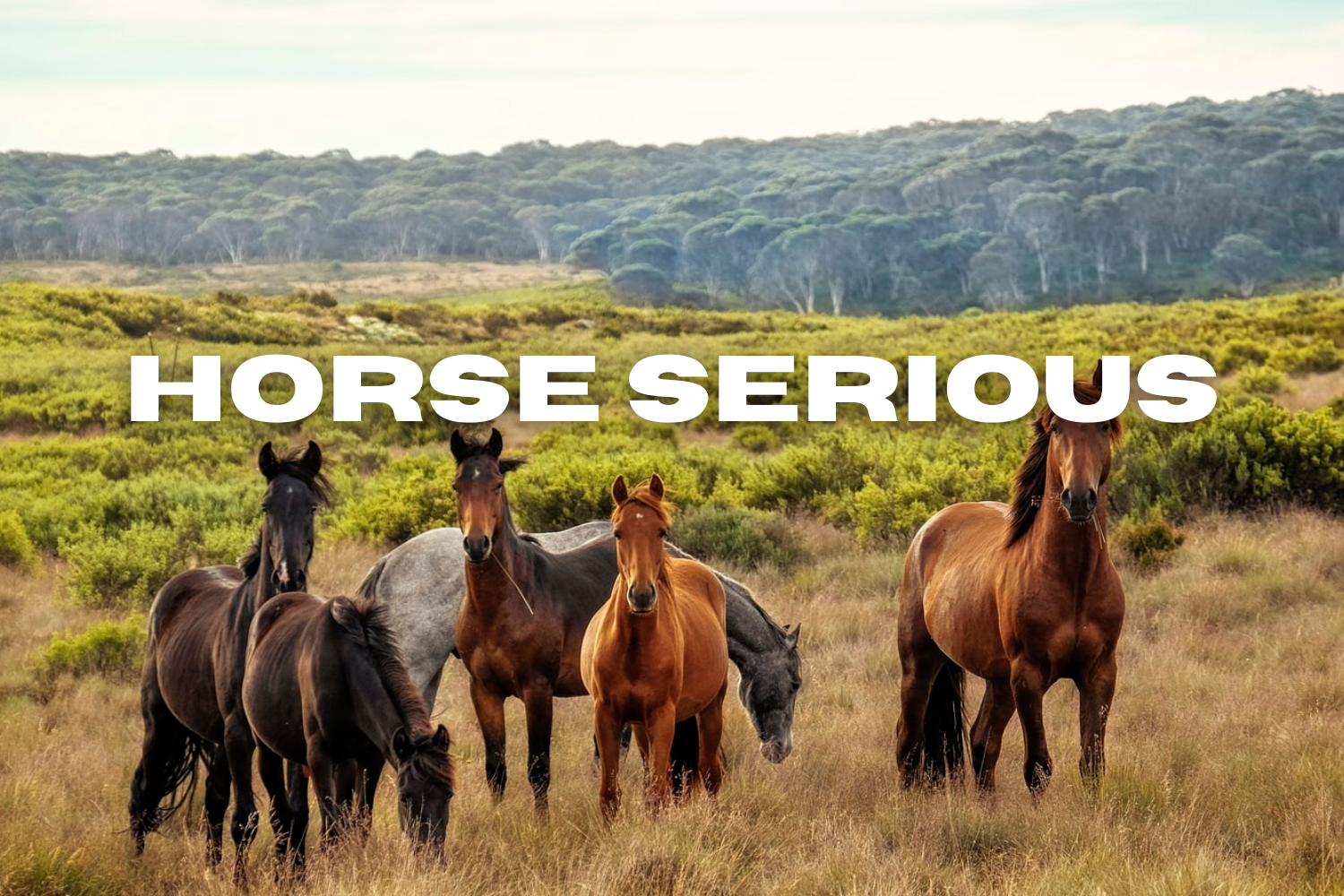Regularly assessing your horse’s body condition is essential for adjusting their diet and identifying potential health problems. You shouldn’t solely rely on observations, as looks can be deceiving. A hay belly or a ribby barrel may not represent the horse’s actual condition.
How To Evaluate Your Horse’s Body Condition
In order to evaluate your horse’s body condition accurately, you can use the Henneke body condition scoring system (BCS). This system was created by Don Henneke, DVM, and it involves assessing fat deposits in six areas:
-
Neck
-
Withers
-
Loin
-
Tailhead
-
Ribs
-
Shoulders
Each area is then ranked on a scale of 1 to 9. 1 being thin and bony, and 9 being obese. By averaging the scores, you can determine the overall condition of the horse.
This scoring system can help horse owners eliminate any guesswork and evaluate much more than just the ribs and belly. It can determine the appropriate dietary adjustments to help your horse reach their weight goals – whether it is weight loss or weight gain.
It is important to note that different horse breeds may have different body characteristics. It is important to keep in mind breed-specific traits when assessing body condition. Additionally, you must factor in age, activity level, and climate. These can all influence a horse’s caloric needs as well as body condition.
This Article Is Sponsored by Egide US
Ride with the timeless design and futuristic elements of an Egide helmet! Keeping you safe and stylish while you do what you love.
Why Is It Important To Regularly Assess Your Horses Body Condition?
Regularly assessing your horse’s body condition is important because it enables you to monitor changes over time. It also helps you detect subtle weight and body changes that may indicate underlying health problems. It is crucial to be as hands-on as possible when assessing. This requires you to feel for fat deposits and learn how to distinguish between muscle and fat.
Senior horses often require special needs. Their bodies may undergo changes with age. They may exhibit signs of sagging topline, muscle loss, or rib visibility. Examining all 6 areas can help you assess their condition accurately. Older horses may also develop metabolic conditions that result in abnormal fat deposits.
What Is The Ideal Body Condition Score?
On average, the most ideal body condition score that most horses fall within is around 4.5 to 6.5. However, factoring in breed, age, and activity level can influence the optimal range. For example, racehorses on average score about 4.5 to 5, whereas a broodmare may score 5.5 to 6.5. Although, scores above 7 often indicate too much weight, and scores below 3 can indicate neglect or poor nutrition.
Maintaining your horse’s weight and regular assessment of its body condition is very important. This maintenance helps identify any issues that require attention from a vet, like dental or digestive problems.
This Article Is Sponsored by Helite US and The Zip’In Air Vest
Ride fearlessly with optimal protection when you wear a Helite Zip’In 2 Airbag Vest.
Don’t risk serious injury, wear the air vest!
https://pagead2.googlesyndication.com/pagead/js/adsbygoogle.js?client=ca-pub-3762802995754264
(adsbygoogle = window.adsbygoogle || []).push({});
https://pagead2.googlesyndication.com/pagead/js/adsbygoogle.js?client=ca-pub-3762802995754264
(adsbygoogle = window.adsbygoogle || []).push({});
https://pagead2.googlesyndication.com/pagead/js/adsbygoogle.js?client=ca-pub-3762802995754264
(adsbygoogle = window.adsbygoogle || []).push({});



